Tom Knudsen Camellia Japonica – 1 Gallon Pot
$44.97 Original price was: $44.97.$31.48Current price is: $31.48.
SKU: D2LSC 168699229 Categories: Camellias, Camellias For Hedges & Screens
- Protect Your Information, Shop with Safe Payments
- Friendly, efficient service, always online.
- Secure Shopping with Safe Payments
- Buy with confidence, backed by quality.

Tom Knudsen Camellia Japonica
Camellia japonica ‘Tom Knudsen’
Plant Details
USDA Plant Hardiness Zones: 7a-10b Find Your Zone
Plant Type: Evergreen Flowering Shrub
Species: Japonica (Winter, Spring blooming)
Height at Maturity: 6-8′ depending on pruning
Width at Maturity: 6-8′ depending on pruning
Spacing: 5′ for solid hedges; 10’+ for space between
Spacing: 5′ for solid hedges; 10’+ for space between
Flower Color: Red
Flower Size: Large, 3-4″
Flowering Period: Late Winter, Early Spring
Flower Type: Semi Double to Double
Fragrant Flowers: No
Foliage Color: Dark Green
Fragrant Foliage: No
Berries: No
Berry Color: NA
Sun Needs: Morning Sun with Afternoon Shade or Filtered Sun, All Day Filtered Sun
Water Needs: Average, Lower when established
Soil Type: Clay (amended), Loam, Sand (amended), Silt
Soil Moisture / Drainage: Well Drained Moist
Soil pH: 5.0 – 6.5 (Acid)
Maintenance / Care: Low
Resistances: Deer, Drought (when established), Heat, Humidity
Intolerances: Direct Afternoon Sun, Constantly Soggy Soil
Attracts: Visual Attention
Description
Tom Knudsen Camellia Japonica is prized for its gorgeous, deep true-red double to formal double flowers that appear in late winter through early spring which contrast wonderfully with the deep green foliage. To enjoy these beautiful flowers indoors, display several cuttings in a vase or use just one flower to float in a bowl of water.
Landscape & Garden Uses
A smaller, more compact growing Camellia with a rounded growth habit to about 6-8 feet tall and 6-8 feet wide, Tom Knudsen can be grown as a shrub or small tree. As a shrub it is ideal for use as a specimen, in groupings, or as a hedge or background plant in landscape borders and is especially nice as a corner plant or espalier (trained to grow flat against a wall) in home foundation plantings. As the plant grows taller, lower branches can be removed to form a highly attractive small tree that serves well as a colorful focal point specimen in landscape borders and home foundation plantings. A fine addition to camellia gardens, red theme gardens, cottage gardens, cut flower gardens and woodland borders. Also suitable for containers that can be brought indoors overwinter for those who live above USDA Zone 7a, where not winter hardy. Find Your Zone
Spacing: 5′ for solid hedge; 10’+ for space between plants
Note: For our customers who live and garden north of USDA Plant Hardiness Zone 7a, where this Camellia variety is not reliably winter hardy, you’ll be happy to know it can be grown in containers that can be brought indoors during winter and placed back outside when temperatures warm up in spring.
Growing Preferences
Camellia adapt well to various soil types however prefer a moist but well-drained acidic soil that is rich in organic matter. Constantly soggy soil is a slow killer. In general, Camellia grows and blooms better in partial shade with some shelter from the hot afternoon sun. Morning sun with afternoon shade or filtered sunlight is perfect. All-day filtered sun is fine.
Helpful Articles
Click on a link below to find helpful advice from our experts on how to plant, fertilize, prune and water Camellias…
Planting Camellias
Pruning Camellias
How To Fertilize & Water Camellias
How To Espalier Plants & Trees
*Espalier (pronounced: ih-spal-yay) …an ornamental shrub or tree that has been trained to grow flat against a wall, fence, or other vertical, flat surface.
Plant Long & Prosper!
Meet The Wilson Brothers & Staff
Questions? Contact Us
Be the first to review “Tom Knudsen Camellia Japonica – 1 Gallon Pot” Cancel reply
Related products
Sale!
Sale!
Camellias
Sale!
Sale!
Sale!
Sale!
Sale!
Sale!

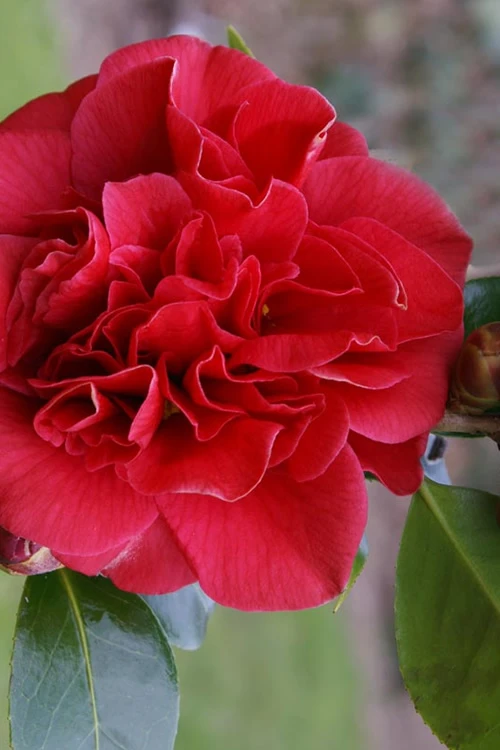
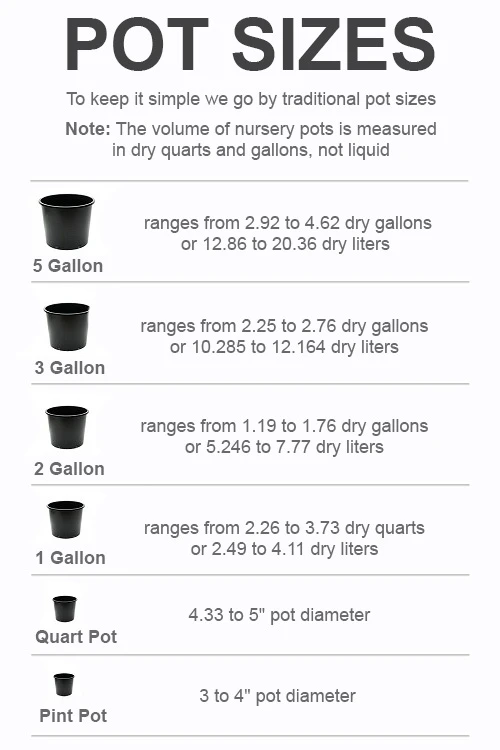

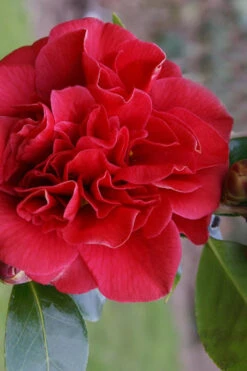






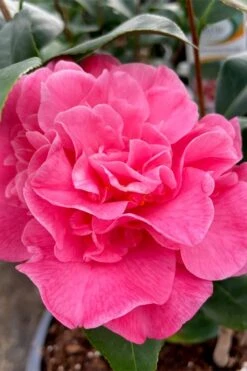
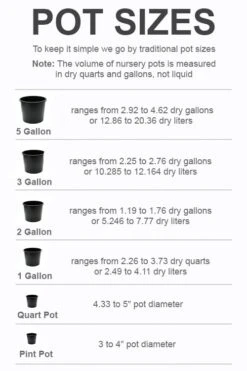

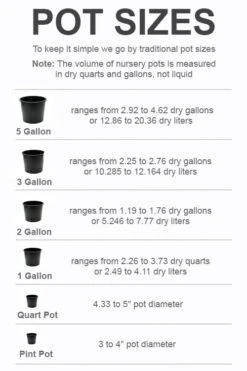


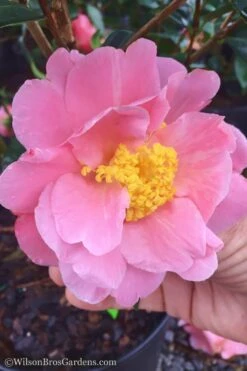


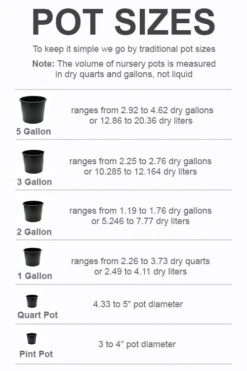

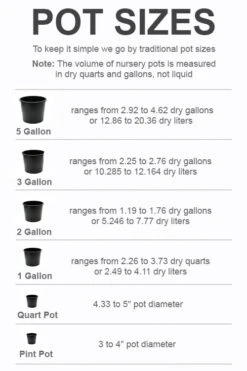
Reviews
There are no reviews yet.